4 Marketplace Challenges and Their Solutions
By Mei Xin · 14th November, 2021
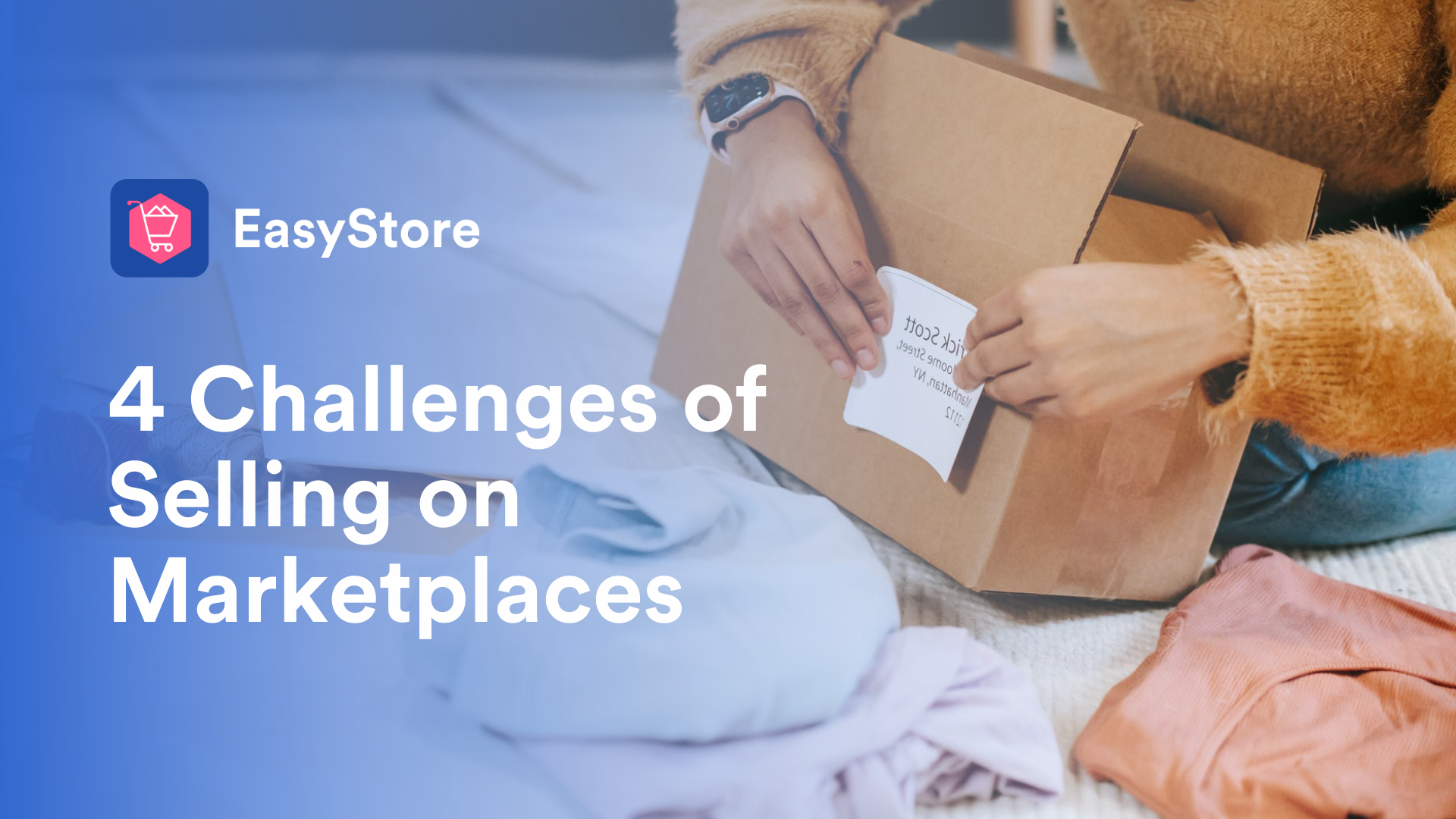
Online marketplaces are rapidly gaining traction. Selling products on marketplaces can be greatly beneficial for sellers as it is more affordable, easier set-up process and get you instant access to a vast number of potential customers.
We’re all familiar with the saying “Sell where your customers are.” In this day and age, customers are scattered across marketplaces such as Shopee, Lazada, Youbeli and many more.
Here are some ways of selling on marketplaces that can be advantageous:
- Low-cost and simple to start-up
- Access to millions of customers
- Gain good profits without any advanced investments

This blog will highlight some benefits of expanding to multiple marketplaces. Continue reading to learn more about the challenges of managing various marketplaces and the way to eliminate them in setting your multiple marketplaces selling a success.
Why You Should Expand to Multiple Marketplaces?
Managing one marketplace is tricky enough, so why still bother to put in more effort in selling on multiple marketplaces? There are several reasons why it is worthwhile:
Guaranteed Customers with Growing Daily Traffic
Marketplaces like Shopee and Lazada have a strong customer base of 55 million and 13 million respectively, as of 2021. Meaning that you will automatically have access to millions of customers once you've uploaded your product information to marketplaces. Imagine how many customers you can reach if you sell on several marketplaces.
Marketplaces provide you with a ready-to-use customer acquisition tool, minimizing the effort and cost in acquiring new customers.

Maximising Product Findability
Different solutions will benefit different types of products, sales channels, and customer types. Selling on multiple marketplaces works best for shoppers who are always looking for high-consideration items or just the best deal (free shipping, lowest price, good rating and etc.). In other words, the shoppers will undertake more research in comparing the prices, features and reliability against several marketplaces.
Selling on Shopee, Lazada, Youbeli and many more means that you’ll get to pitch each of these shoppers in a more different approach—and still close the sales. Even if the first presentation of your products doesn’t catch their interest, you may get them to buy on the second, or on the third from different marketplaces.
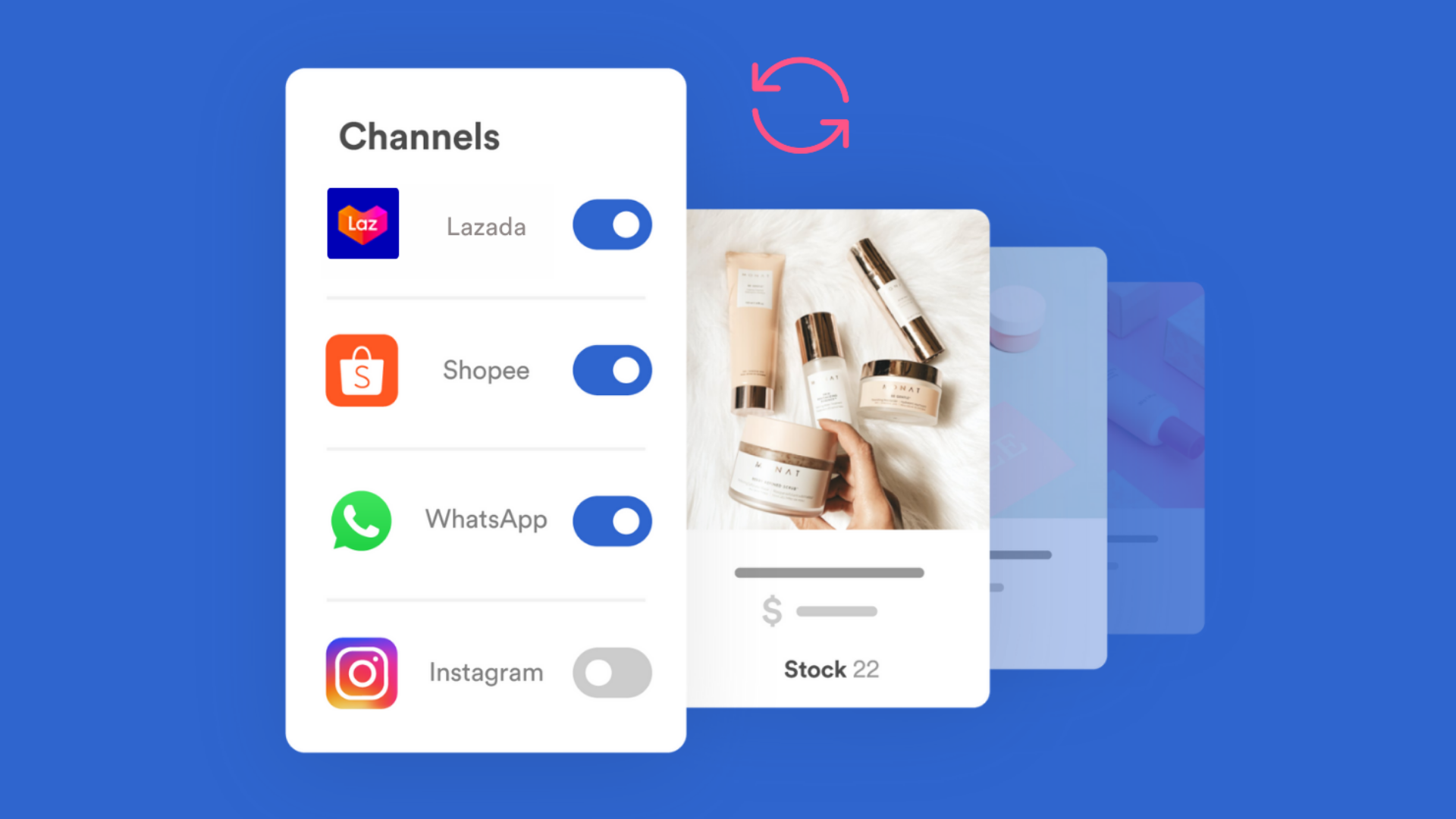
Diversify The Risk
As the saying goes, "Don't put all your eggs in one basket". It's no difference when it comes to running a business. You may generate revenue using a single marketplace, but if something happens to it, you'll have to start from scratch.
As a marketplace seller, you've limited control over the store and have always been complying with the strict and constantly changing rules and regulations that might affect your profit margin. Hence, selling on more marketplaces helps you to avoid the potential risk and maximize your profit.

What Happens If There Are Too Many Marketplaces?
Given the real-life scenario, what can you do to reduce the problems of selling on more marketplaces? Take a look at these tips and see what you can put into motion.
1. Poor Inventory Control
Inventory mismanagement is a trillion-dollar problem each year. This occurs when you have a different inventory listing across different marketplaces that must be manually tracked. Imagine having over 50 products on Shopee, Lazada, Youbeli and more… This makes inventory management extremely tough as you’ll have to log onto different marketplaces to closely monitor and manually update the inventory one by one.
Eventually, this will lead to overselling or overstocking, where you can’t find the perfect balance to allocate your inventory amount across multiple marketplaces. Evenly distributed may lead to overstocking when you have higher demand on one marketplace (sold off), but not performing on another. While, ignoring the inventory count might result in overselling where the total order from multiple marketplaces may exceed the inventory on hand.
Solution: Centralized Inventory Management
Luckily, EasyStore inventory management automates a lot of these tasks for you to merge your inventory in one single dashboard. As a result, you will have the same amount of inventory across multiple marketplaces. When you receive an order from any marketplaces, your inventory amount will be deducted from other marketplaces accordingly.
This also provides you a centralized low-stock alert to avoid running out of products, all from a single dashboard. You can always update the inventory count on EasyStore once and it will automatically synchronize across multiple marketplaces and other available sales channels too.
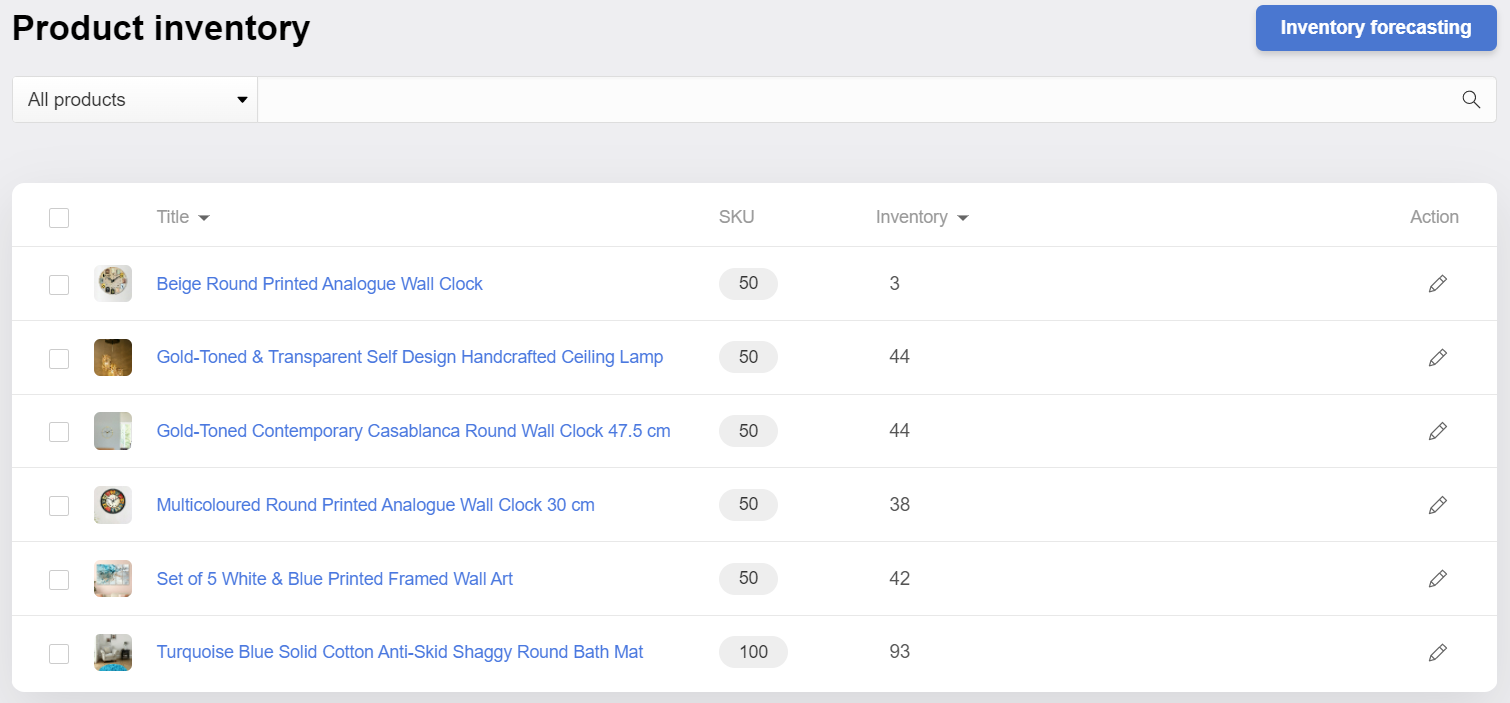
2. Repetitive Work
Do you find yourself repeatedly entering the same information (product details, images and pricing) when you have one new product posted on different marketplaces? This could be even more frustrating if you wish to make a minor modification after you've created a new listing. If this does not lead to burnout, it will definitely leave room for human mistakes.
Due to the fact that each marketplace has a different layout and format for uploading product information. Sellers may spend a significant amount of time and be extra careful when it comes to product upload.
Solution: One-click Product Catalogue Clone
Simply upload all your products to EasyStore and sync your product information to multiple marketplaces at once. Vice versa, you can also import the products from marketplaces to EasyStore.
It saves the hassle of logging into each marketplace individually in order to post product information, perform a quick task and be able to manage your entire product catalog for your marketplaces, online store, Facebook, Instagram and all other sales channels, all from one place.
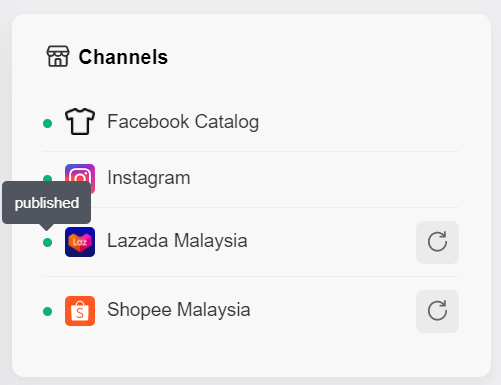
3. Confusion for Orders
When you sell on different marketplaces, be it your Shopee, Lazada, or others, it becomes challenging to keep a count of all the orders rolling in from each place. You might miss out on the orders and sales due to the complexity of managing different marketplaces dashboards when you have orders coming in from different marketplaces.
This will result in the delay of fulfilling orders and worst come to worst, receiving a penalty from the marketplace, which will impair your scoring and cause your seller privileges to be temporarily withdrawn.
Solution: Real-time Sync Orders across All Sales Channels
With a marketplace order management system in place, there is no need for manual data entry when anything is sold. Instead, all orders received through all supported marketplaces flow into a single dashboard. When an order comes in from the marketplace, the respective icons will be shown at EasyStore admin panel. This will aid you in managing your orders and identifying your customer source to mitigate order processing errors, busywork, and unnecessary duplication of effort.
You may also receive instant order alerts from EasyStore Mobile App and fulfill all orders in bulk, using only EasyStore dashboard. Bulk fulfillment can prevent human errors throughout the order packing process when you're processing 50 to 500 sales with 50 different products each day.
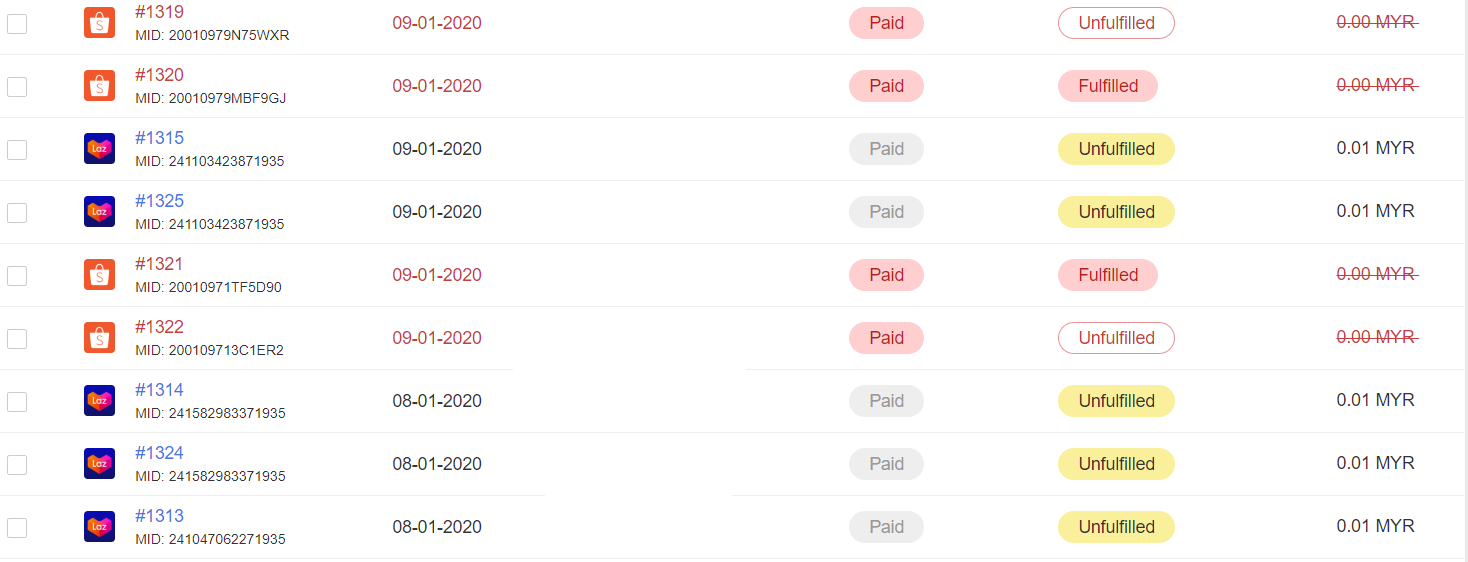
4. Data Inconsistency
Every marketplace has its own format and layout of reporting insights. This may not appear to be an issue until you compare different marketplace performances side by side. As a business owner, it will affect productivity as you'll have to manually standardize the report from several marketplaces, and studying the data they supply can take time.
Solution: All Sales Channels Report
To keep track of your business insight seamlessly from different marketplaces, EasyStore offers a solution for you to organize and display your business performance from different marketplaces under a single dashboard. This helps you to save more time and make it easy to view and compare at a glance.
Moreover, you can also filter the report based on the sales channels that you are selling, reviewing the performance insights with ease and providing you with a standardized report to track easily.
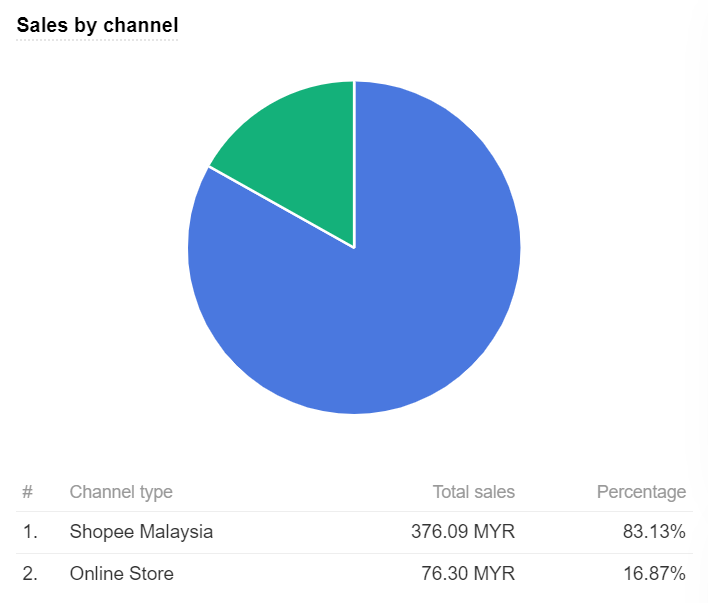
Taking the Next Step
Selling across multiple marketplaces has the potential to transform your business dramatically. Listing dozens if not hundreds of products to a new sales channel can take countless hours, and managing multiple sales channels can be a tough, tedious task, but for EasyStore merchants, there is an easier way to reach customers on marketplaces.
Ready to start selling more on marketplaces with EasyStore? We bet you are! Here's the All-in-one ecommerce solution for you to sync multiple sales channels.
Artikel terbaru
-

EasyStore and Pingmin Market Unites to Boost Local Artisans Growth
By EasyStore Press · 14th Jul, 2024
-

Experience Matters: How EasyStore is Bringing Humanity Back to Retail In-Store & Ecommerce Shopping
By Frost Chen · 6th Jul, 2024
-

June 2024 Product Update
By Kelie Wong · 4th Jul, 2024
-

How SMEs Can Prepare for e-Invoicing and The Era of AI: Essential Insights for Malaysian Retailers
By Frost Chen · 3rd Jul, 2024
-

EasyStore to host Retail Summit Asia 2024 - the ultimate event for retailers
By EasyStore Press · 2nd Jul, 2024
-

EasyStore empowers national skincare and beauty brands through 'Let Business Help Business'
By Cavan Koh · 29th Jun, 2024
